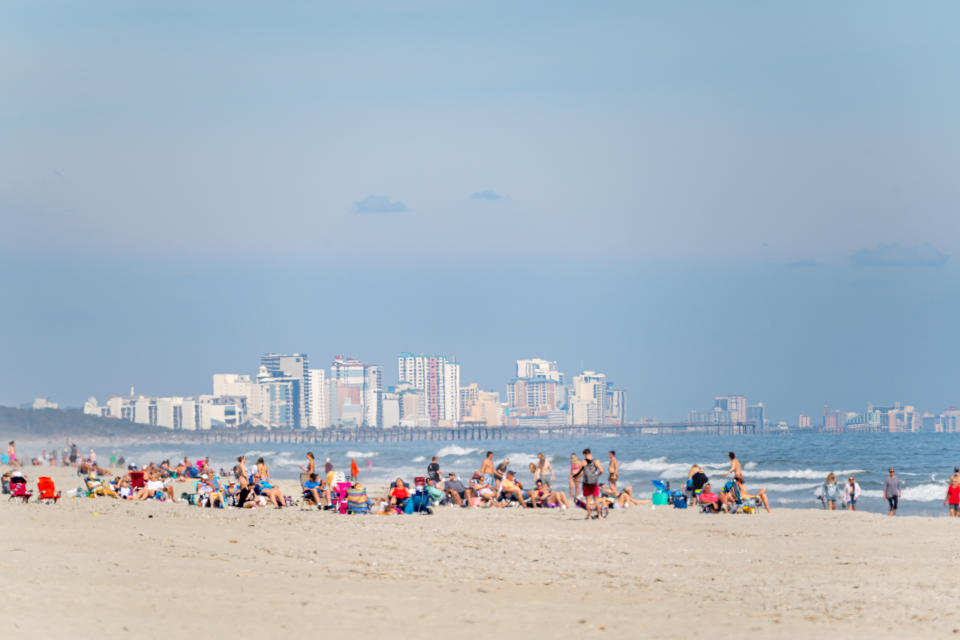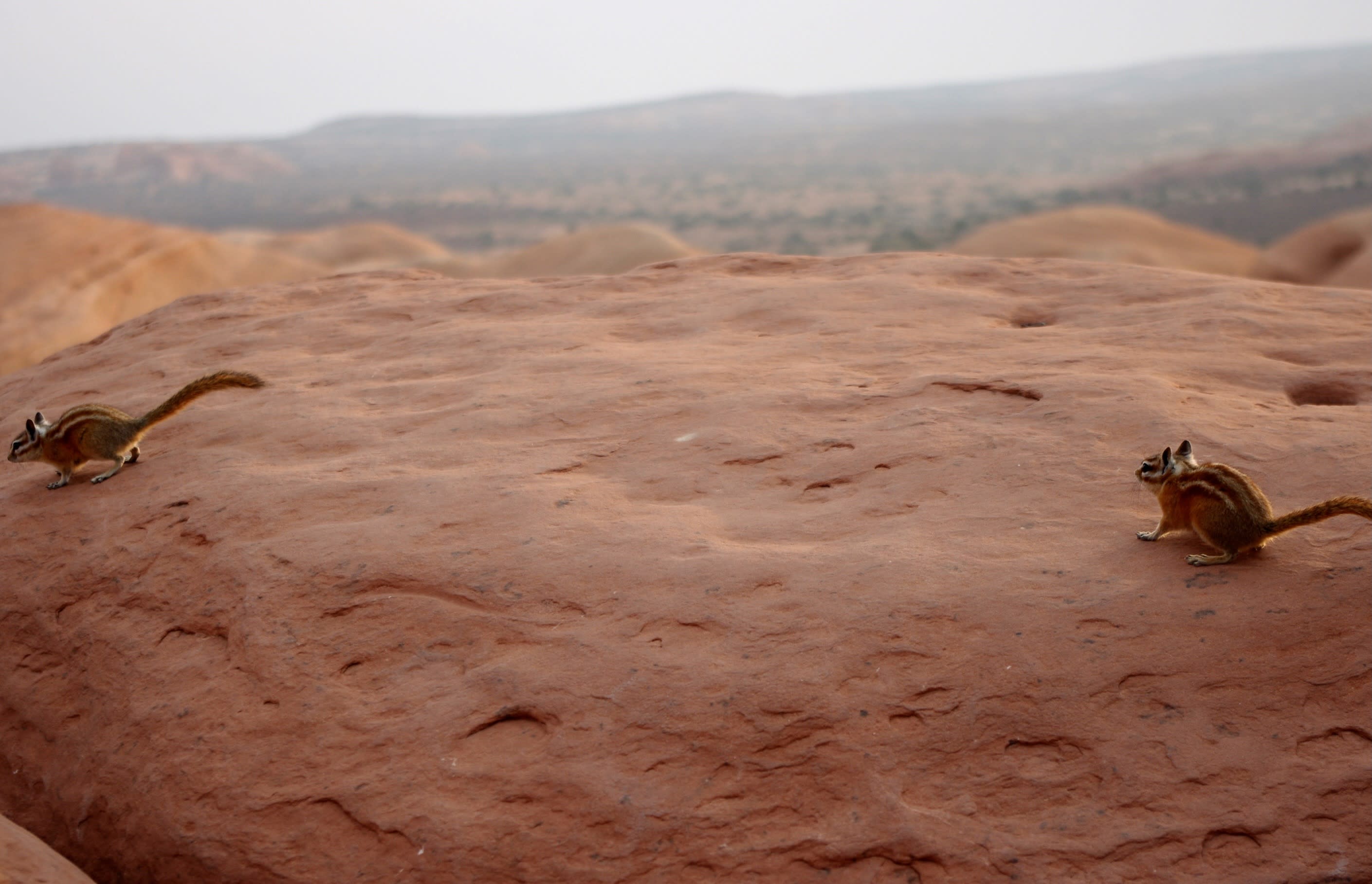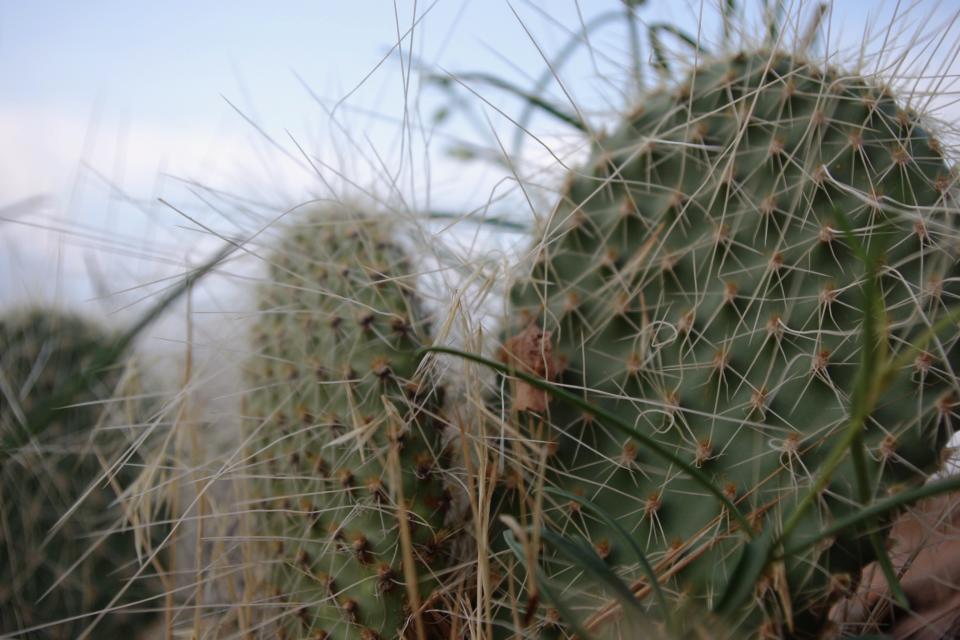A wise adage advises, “If you want to go fast, go alone; if you want to go far, go together.”
Throughout my life, I’ve wanted to do both. Adventure’s persistent call has urgently stirred my insides since I first waded into Gulf of Mexico waters at age 6 and realized the expansive horizon of emerald waves crashed against a neighboring country’s coast just opposite where I stood (at least, that’s how my child’s brain imagined it).
There’s probably a girl like me over there, I thought, reveling in the idea that a stranger and I were experiencing the warmth of the same waters.
Slow travel is a growing movement favoring this child-like curiosity and wonder. Reemerging on the heels of the post-Covid “revenge travel” era in which we hastily made up for two years of cabin fever, the concept of slow travel has been around for a while. Some say it is a byproduct of the slow food movement that began in mid-1980s Italy. It encourages travelers to slow down, prioritize sustainability, and partake in memorable moments that foster a connection to local communities instead of high-volume, mass-produced experiences.
ADVERTISEMENT
Advertisement
I have ADHD, so slow travel appeals to me. It allows me to exist in my most natural state, really sinking my roots into my surroundings and soaking up the experiences without regard for time, urgency or deadlines (ironic coming from a writer, I know)


A Childhood of Slow Travel
Looking back on my life, I’ve always slow-traveled. Growing up, my family vacationed in Myrtle Beach every year. In actuality, we never truly vacationed. Rather, my grandparents sold their Pennsylvania home in 1993, packed the moving truck and drove 614 miles through tobacco farms and saw palmettos to a three-bedroom townhome in the quiet community of Cherry Grove, just north of Myrtle Beach’s touristy hub. My brother and I spent weeks at their house every summer, swimming in the shared community pool and digging for hermit crabs in the sand. Over the 19 years my grandparents lived in North Myrtle Beach, we came to know their neighbors’ names, occupations and extended family members. We took annual visits to the chiropractor, a man named Duncan who watched me grow up and adjusted my back for the final time around 2012, when I was about 23 years old. When they didn’t pack us homemade lunch meat sandwiches, my grandparents took us to dine at the same local restaurants every year. We knew when to avoid the crowds and which menu items were tastiest. My grandparents volunteered at the local hospital. And when they were old enough, two of my cousins took turns living at my grandparents’ house and got summer jobs waiting tables at the House of Blues. The message was clear: We aren’t vacationers. We are members of a community.
Today, however, modern circumstances dictate that we travel fast. We clock our PTO hours, pounce on last-minute flight deals and snatch up hotels before they sell out for popular events. We’re exhausted, often relying on travel to unwind from reality. We jet to any old location that checks all the boxes: 1) sunny, 2) affordable and 3) accessible via direct flight. We roll up, unpack and camp poolside for three days, giving ourselves a metaphorical lobotomy by way of margaritas. Either that, or we jam-pack a five-day itinerary with so many adventures that we blur through them, capturing moments of perfection for Instagram (or else, they say, the trip never happened). We fail to pause. We fail to connect with our surroundings. We fail to understand what makes a place a place.
ADVERTISEMENT
Advertisement
When urgency drives travel decisions, the underlying motivations are often fear and scarcity. It’s easy to fall prey to a busy mind shouting, “Make the most of your vacation!” and “Tear through your bucket list!” Slow travel, on the other hand, abides by the principles of abundance, connection and sustainability. And despite misconceptions, slow travel doesn’t actually require extensive time. According to Samira Holma, a marketing consultant for destinations within the hospitality industry, anyone can adopt a slow travel lifestyle no matter how much vacation time they have stored up.
“It’s more about how you look at the time you have,” she said. “Even if you only have a week, you can make it feel like slow travel by prioritizing meaningful experiences and allowing for spontaneity.”


A Post-College Year of Slow Travel and AmeriCorps Service
In 2012, I was fortunate enough to enjoy a year of slow travel. I joined AmeriCorps after graduating college. Like many new graduates, I didn’t know what I would do with my life. I had a Spanish degree from my alma mater, the University of Tennessee, and a desire to experience new places. Because I come from very practical people — my grandparents — I applied for jobs in dream locations where I wanted to live. Soon, I found myself saying “yes” to a year of service in Moab, a remote tourist town in the deserts of Southeastern Utah. It was a dream! From the pictures I Googled, the town seemed like an oasis nestled on the Colorado Plateau between Arches National Park and Canyonlands National Park.
ADVERTISEMENT
Advertisement
I gotta say: Falling in love with a remote tourist town outside of a national park was bittersweet. The best thing you can do for a place like Moab is leave, a friend of mine used to say. Though it is renowned for its stunning landscapes, Moab grapples daily with the infrastructural demands of hosting millions of visitors from around the world. Small rural towns near popular parks face significant challenges, including a feast-or-famine seasonal economy, intense annual population fluctuations, strained public services, housing pressures and environmental degradation due to uninformed tourists treading on delicate ecosystems.
During my time in Moab, however, I witnessed the remarkable resilience and unity of the tight-knit community. The residents actively promoted sustainable practices through local city council meetings (the town was small enough that everyone, it seemed, was friends with the mayor), weekly community garden events, dozens of nonprofit organizations and a thrift store that hosted the best parties in town. The community lived by their values and took it upon themselves to educate tourists about their responsibility to be respectful and conscientious guests.
That transformative year in Moab shaped my perspective on travel profoundly. It watered the seeds my grandparents planted in my early childhood about the importance of community and putting down roots — even if they’re temporary.


Tips for Embracing Slow Travel
For those who are new to slow travel, Holma offers a few tips:
ADVERTISEMENT
Advertisement
-
Prioritize experiences over sightseeing: Focus on a few main activities that allow for deeper cultural immersion rather than a checklist of tourist attractions.
-
Allow for spontaneity: Leave room in your itinerary for unplanned adventures, such as stumbling upon a local café or attending a community event.
-
Engage with the community: Participate in local activities, volunteer or simply talk with residents to better understand their way of life.
-
Travel with intention: Seek experiences that align with your personal growth and interests. Travel can be an excellent tool for self-development.
-
Understand history and cultural context: Take the time to learn about the history and cultural background of the places you visit by reading plaques, visiting museums and signing up for tours with local guides. Learning about the forces that shaped your destination’s community will help deepen your appreciation and respect for the local heritage.
Like Pulitzer prize-winning journalist Paul Salopek aptly noted in a New York Times interview, slow travel isn’t a new phenomenon. It’s arguably been the status quo until the last few decades.
“There’s been no other way but ‘slow travel’ for 99 percent of our history,” Salopek said in the interview. “I guess in today’s world to premise anything on going slowly is revolutionary.”
Megan DeMatteo is an independent journalist, editor and creative writer currently based in New York City. She has written for Dwell, Fodor’s Travel, Sherwood News, Marie Claire, Insider and more. Her first trip abroad was to Costa Rica, and she’s since studied in Valparaíso, Chile and Dublin, Ireland, where she performed a séance in Oscar Wilde’s former dorm room.




